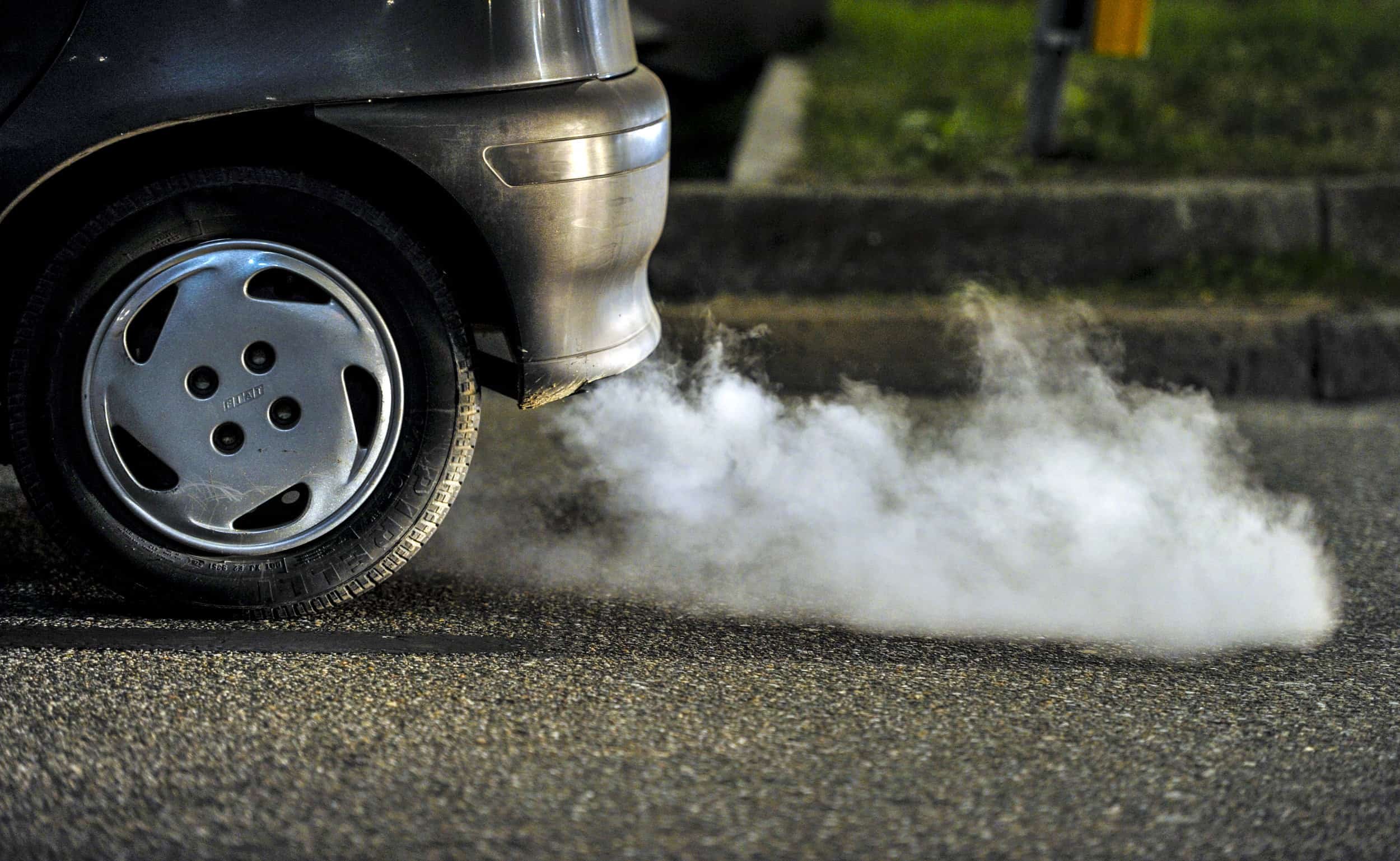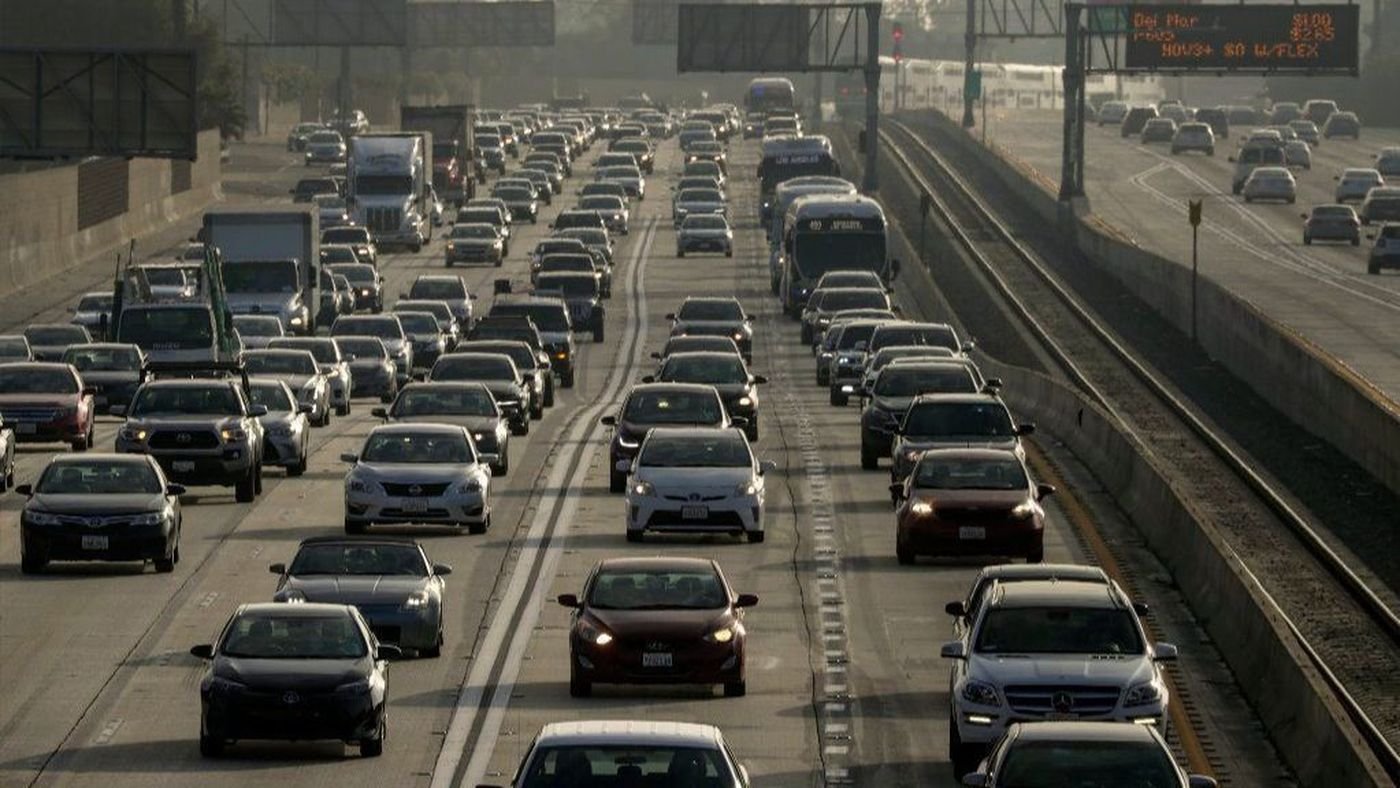
Car-dependency harms your health.
Multimodal transportation promotes active lifestyles.
Driving involves nothing but sitting
Driving is, most simply, sitting in a seat while using another source of energy to move you. Unlike walking or biking, driving leads to sedentary lifestyles with less movement and exercise. Research shows that driving correlates with low physical activity, obesity, and even poor sleep and mental health. This has been demonstrated many, many, many times, and has lead to Americans dying younger than in almost every other developed country.
It is, of course, possible to maintain physical activity, such as by paying for a gym membership, but this limits physical activity to wealthier individuals. Additionally, poorer individuals usually live farther away from their jobs, and longer commute times eat into exercise time. Even for those who choose to go to the gym, it takes proactive effort to schedule time and travel to one, making it more difficult to get regular exercise.
Cars don’t only result in sedentary lifestyles, they directly pollute our neighborhoods. Cars cause excessive noise pollution which increases stress, and this is disproportionately worse for lower-income households. Notably, noise pollution will not be solved by electric vehicles.
Cars pollute your personal environment
Cars also create particulate pollution from tire dust, which is filled with toxic and carcinogenic materials that are several thousand times more dangerous than engine exhaust. Tire dust is responsible for 78% of ocean microplastics, and, since they are much heavier than normal cars, electric vehicles produce significantly more tire pollution. All of this can even cause higher pollution inside a car, directly harming the passengers.
Driving is stressful and deadly
Driving is not just bad for our health, it’s bad for our wellbeing. It has been known for a long time that driving is extremely stressful. Bicyclists, in contrast, are the happiest commuters, in part because biking keeps people healthy, exercising outdoors, and connected to nature. Likewise, taking transit improves mental and physical health, walking also benefits mental health, and there’s even evidence that bicyclists are better people than drivers.
Commuting without a car is not just a mental health luxury, it’s a matter of life and death. Worldwide, cars are the leading cause of death for people under 30, and in some years, it is the single most common cause of death in the entire United States. Many, many, many, many organizations have called driving a “public health crisis”. More than 40,000 Americans die each year from cars, making automobile infrastructure as deadly as genocides.
Cars are even increasingly used as intentional weapons. Cars accounted for half of all terrorism-related deaths in 2016, as they are far too easily accessible and allow a single violent individual to mow down dozens of pedestrians. Vehicle ramming is now a defined category of terrorist incident being monitored by the FBI and DHS.
Multimodal transit increases physical activity and mental wellbeing
Whereas cars cause nothing but stress and death, active transportation improves quality of life. People who walk, bike, or take transit have a reduced likelihood of breast cancer, better cardiovascular health, reduced adult and childhood obesity, and a greater likelihood of reaching fitness guidelines. Moreover, active transportation is equally as effective as structured exercise, and saves money from future healthcare costs, creating a “green dividend”.
Furthermore, active transportation improves mental health. People who take transit use the time typically devoted to paying attention to the road as “me time,” improving their wellbeing. During the pandemic, when commuting was abrogated, public transit users, bicyclists, and pedestrians all reported missing their commutes more than drivers.
An interesting thought identified by Jason Slaughter is that active transportation even has a free-time dividend. If it takes you 40 minutes to bike to and from work each day and only 20 minutes by car, you might think that cycling takes longer and leaves you with less time. However, doctors recommend at least 30 minutes of physical activity each day. Bicycling counts as both exercise and transportation, so if 30 minutes would have already been spent exercising in a gym, then of the 40-minute commute, only 10 minutes is due to bicycle transportation. In contrast, driving involves no physical activity whatsoever, so the 20 minutes traveling by car actually takes 50 minutes when the extra half-hour of exercise is added. As such, not only does active transportation keep you healthy, it may actually be faster than driving.
Watch more of Jason’s video here:


